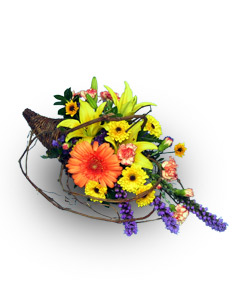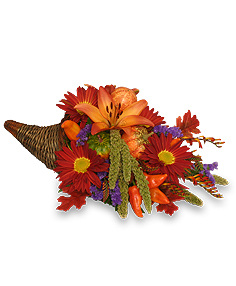
Thanksgiving is on the way, and the table isn’t set until you have a beautiful floral arrangement to perfectly match your Thanksgiving feast! Here we have some of our favorite autumn-themed arrangements that look great next to your Thanksgiving spread!
[Read more…]

 Find Your
Find Your 












